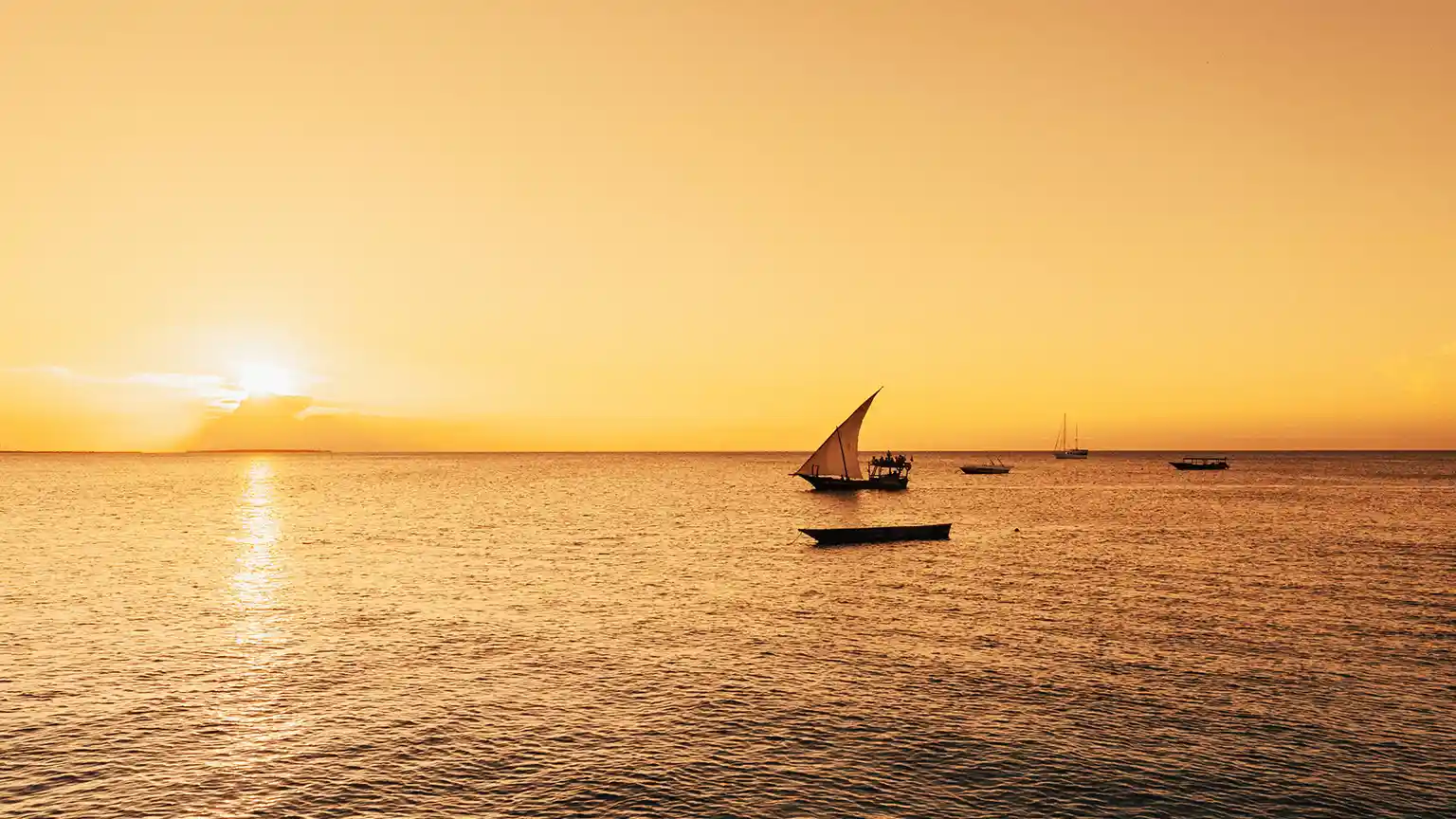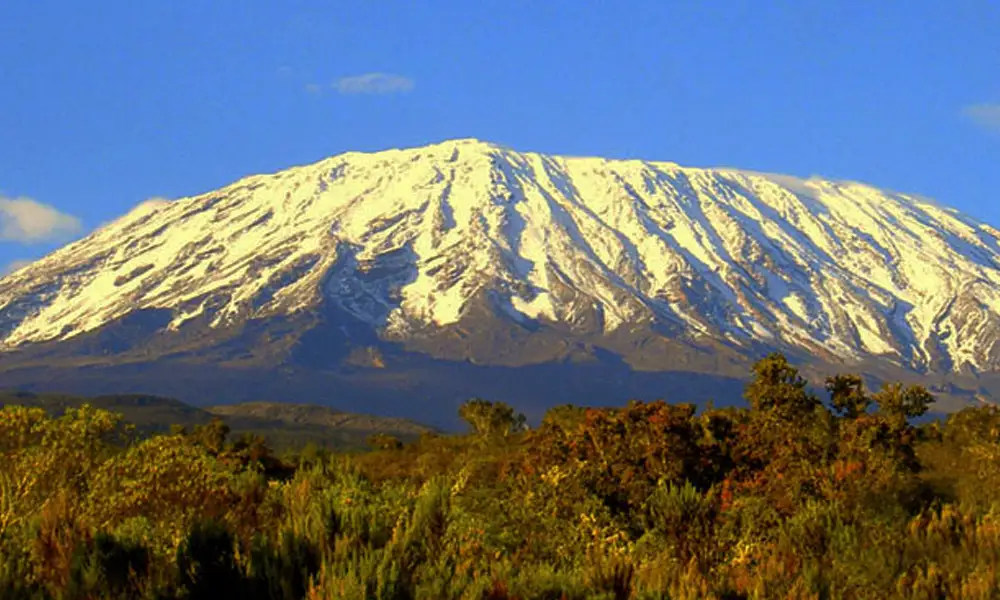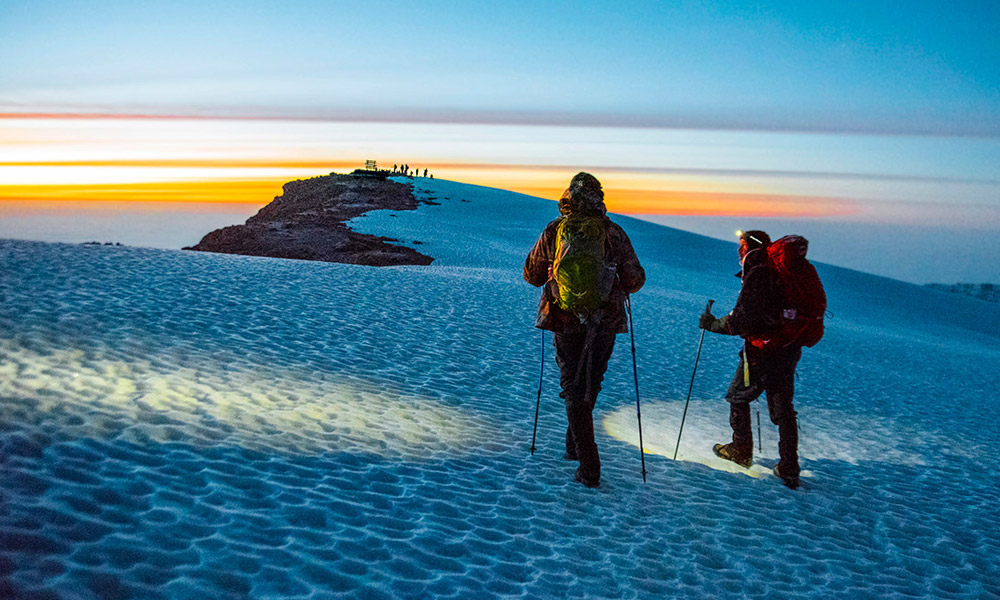Kilimanjaro
The highest mountain in the world to stand on its own in the middle of a coastal plain, and the highest point on the African Continent at 5,895 m. The massif is made up of three volcanoes, Kibo, Mawenzi (5145 m) and Shira (4002 m). Uhuru Peak is the summit on Kibo.
Ngorongoro Crater
When you descent to the bottom of this old volcano, you always have the feeling of entering the shell of a natural Noha’s Ark. Today, almost all the carnivorous and herbivores of the plains or wooded savannahs have made their home here. There is a sodium lake where flamingos live, as well as a freshwater lake with a flourishing hippo population. Endangered Black rhinos are well protected here and it is not uncommon to see them roaming the plain.

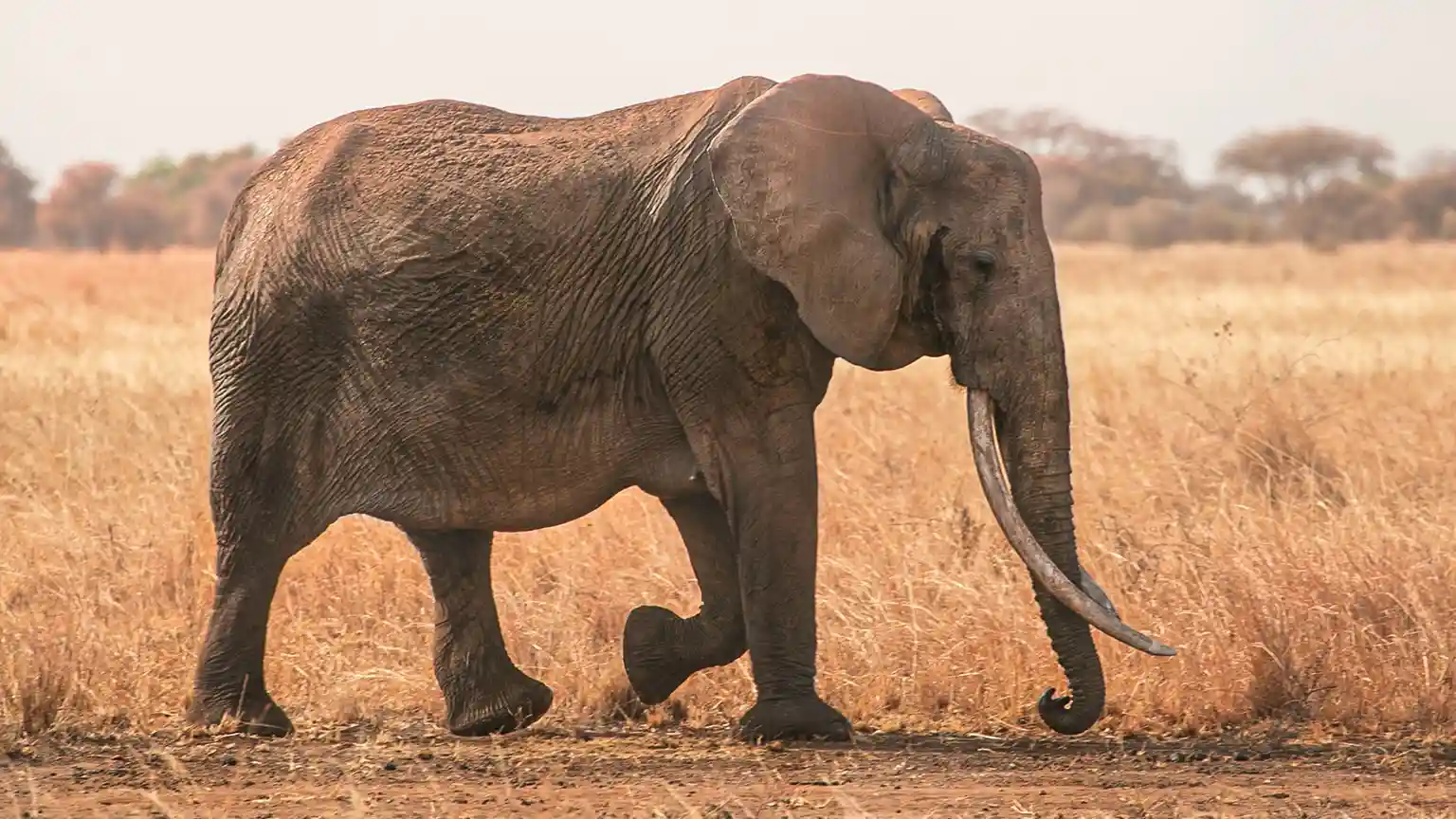
Tarangire Park
Tarangire is one of Tanzania’s smaller parks but during the dry season, from June to October it attracts incredible concentrations of wildlife. During this period, the Tarangire river provides the only permanent water in the area and so all the animals in the southern Masailand in Tanzania make a bee-line here as the summer temperatures soar. Tarangire draws less visitors than its more famous neighbors at Ngorongoro and the Serengeti. The park also contains some of the largest elephant herds in Tanzania and is home to three rare species of animals – The Greater Kudu, the Fringed-eared Oryx, as well as a few Ashy Starlings.
Serengeti National Park
The Serengeti National Park is a vast park covering 1.5 million hectares of savannah. The horizon seems light years away and the swathes of grass extend seemingly forever with just occasional acacia trees punctuating the huge expanse. The annual migration of vast herds of wildebeest, gazelles, zebras, followed by their predators, is one of the most impressive natural events in the world.
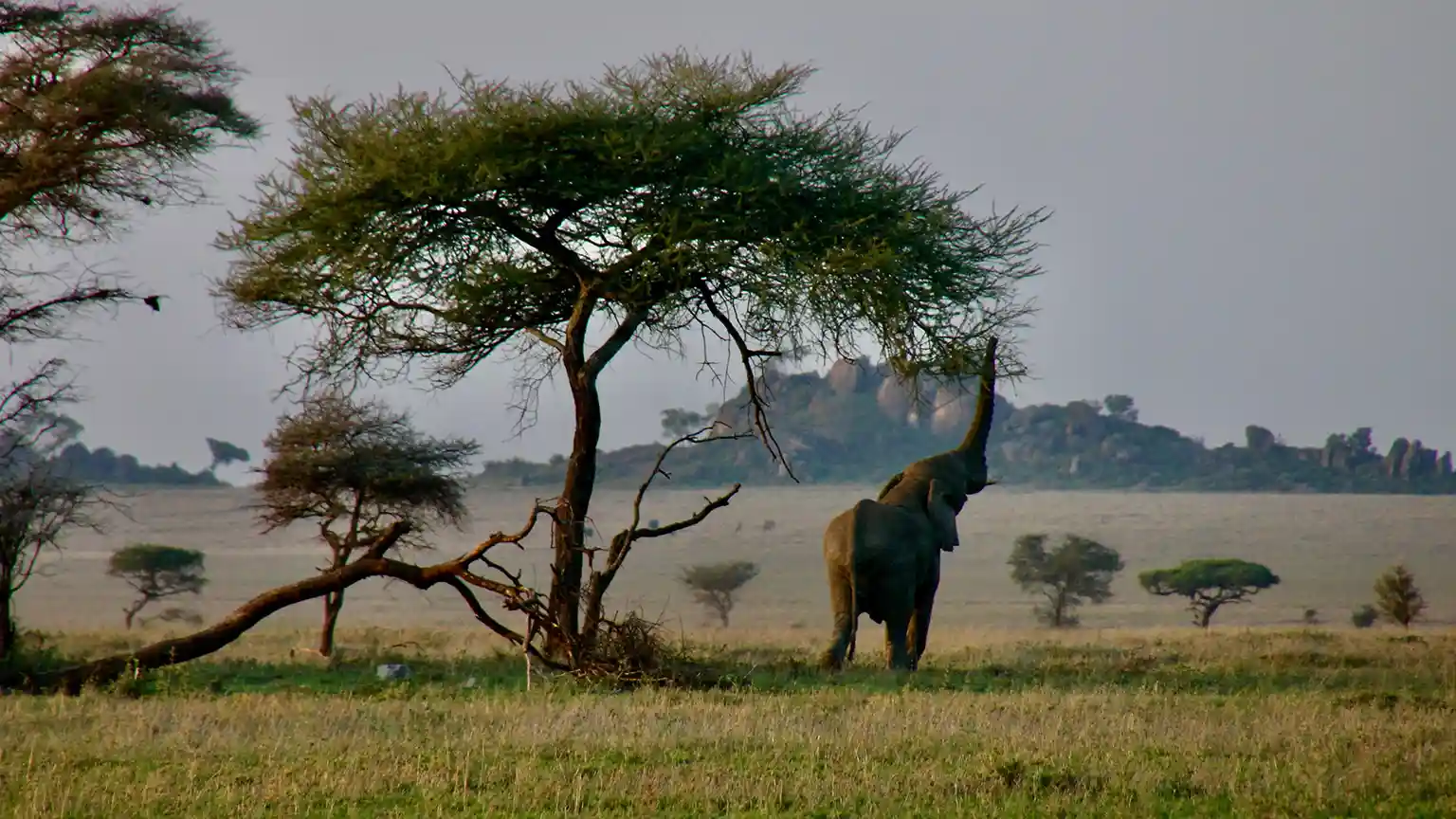
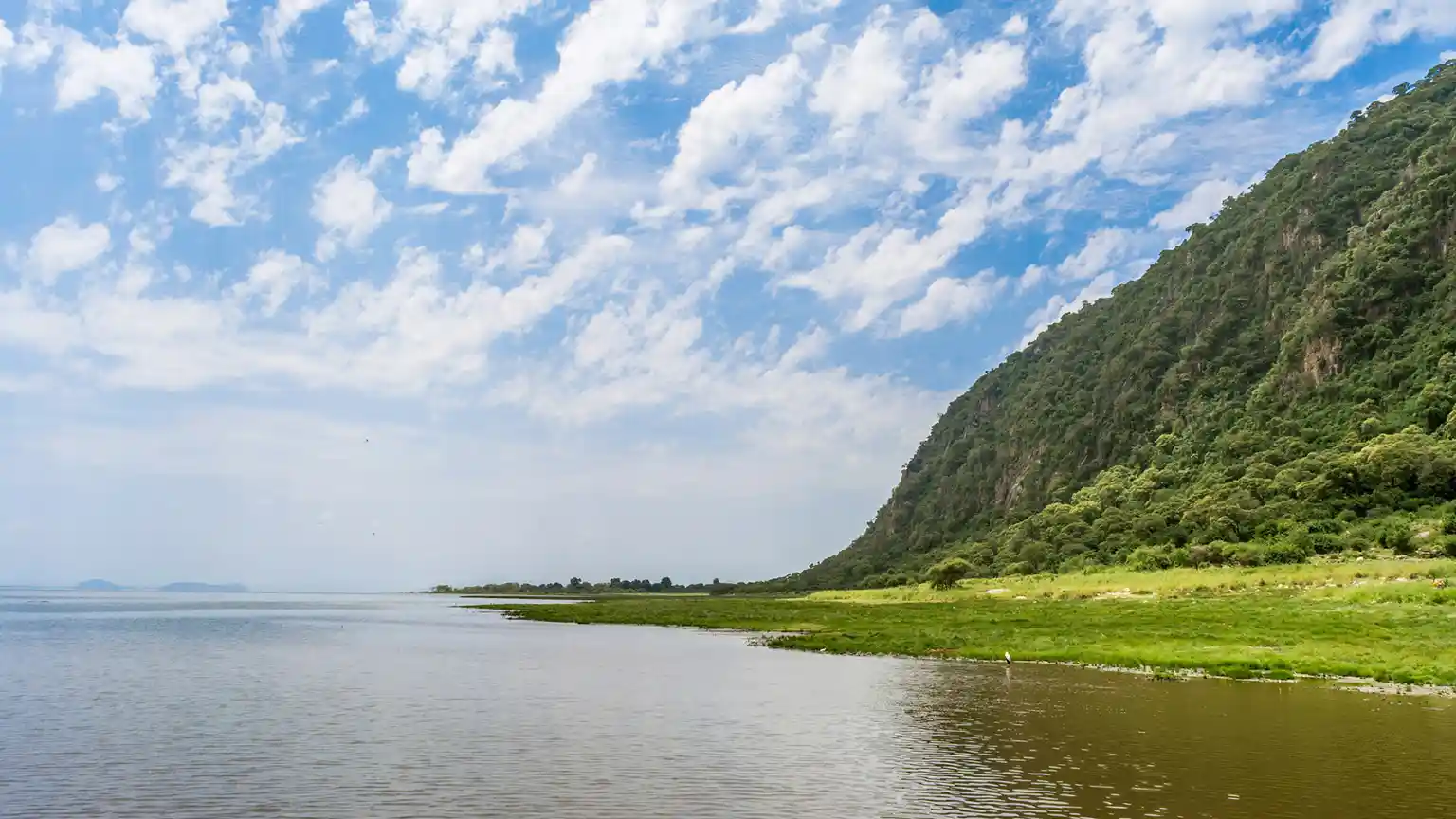
Lake Manyara
Lake Manyara National Park is one of Tanzania’s most beautiful parks nestled between a shallow soda lake (covering two-thirds of the park) and the Great Rift Valley’s western escarpment. Along this thick stretch there is a wide variety of habitats, from groundwater forests, to swampy delta, acacia woodlands and a small grassy plain. This varied habitat is then home to a wide variety of wildlife animals, including one of Africa’s largest concentrations of elephants and large flocks of flamingos. A particular highlight of Lake Manyaraare is the tree climbing lions. This is one of the few places in Africa where full grown lions regularly take to the acacia tree to longue in the shades; a tree full of lions is a fabulous sight.
Zanzibar
The old town of Zanzibar, called Stone Town, is located on the west coast of the island. The Portuguese erected an imposing fort there to protect their trade route to India. Stone Town has been a “madina” in the Indian Ocean, and Zanzibar has therefore become the cradle of Swahili Culture and language, a mixture of African and Arabian Language, culture and cuisine
